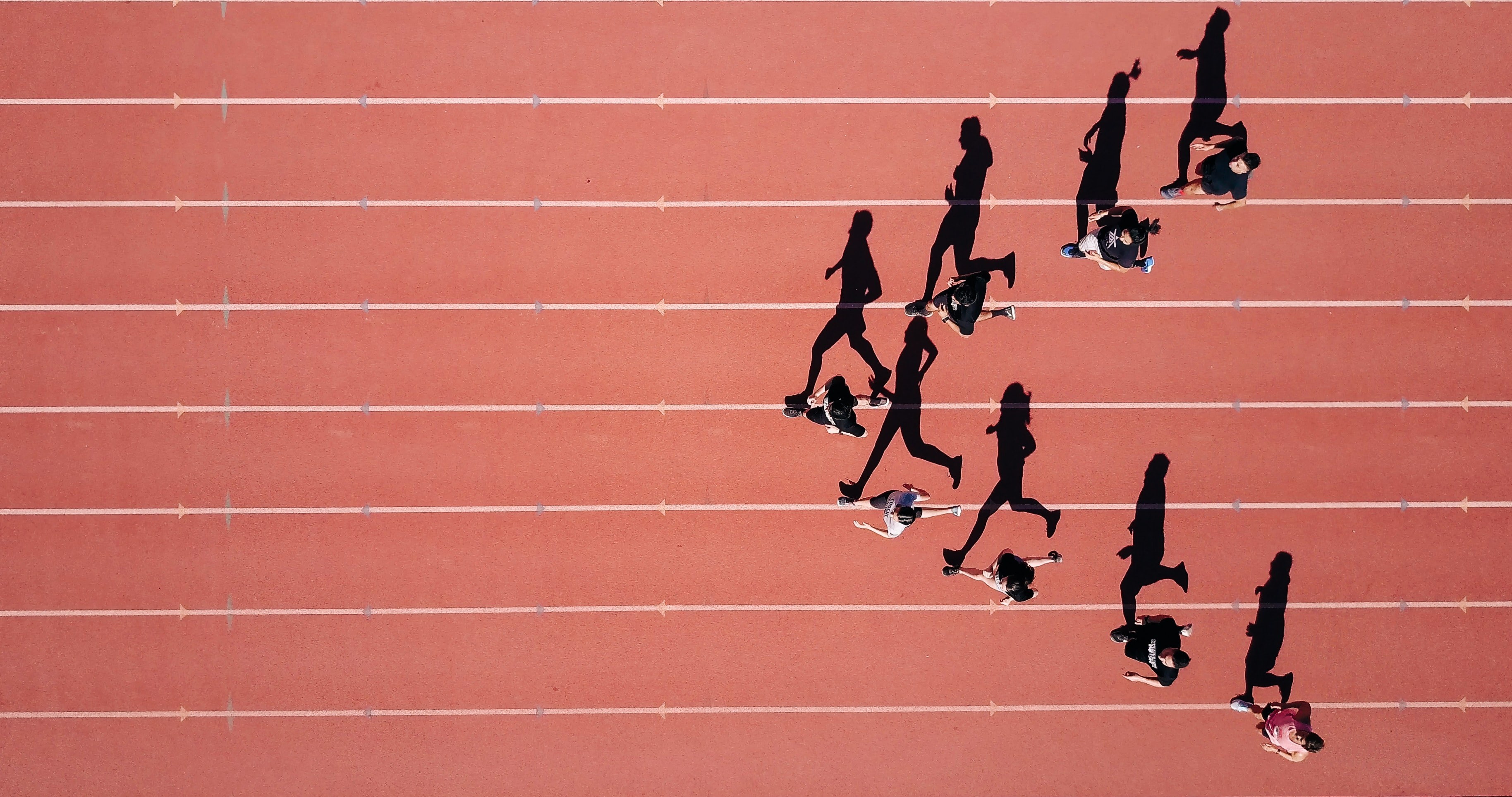

Mar 08, 2021
Universal design is so much more than a trend. In fact universal design is written into the Disability Discrimination Act 2005. At its simplest form, universal design “is the design of buildings, products or environments to make them accessible to all people, regardless of age, disability or other factors.”
By embracing universal design as an innovation principle you can create products and services that answer universal needs and reach bigger audiences. All too frequently innovation starts from the middle of the bell curve - the mass. But imagine if you started with the outliers - the extremes? What could those insights tell you and how might inform your services and income strategy?

Haley, Designer and Innovator in Nike’s NXT Space team

Nike have created Go FlyEase, their first hands-free shoe. The design for Nike FlyEase started with the question ‘how can you create a shoe you can take on and off without the need to bend down or use your hands?’ The project was aimed to support adaptive athletes, with the original prototype designed for a Nike employee who had suffered a stroke, but they quickly discovered that the needs the shoe meets are universal, giving it a much broader appeal and market. It will launch to Nike members later in 2021 before rolling out to stores worldwide.

Nendo the Japanese design studio, has reimaged something most of us take for granted everyday - the key. By making a few subtle changes, they’ve created an entirely new design. The L-shape turns the key into a lever, applying a basic rule of physics to reduce the effort required to turn the key, therefore making it more accessible to anyone who has a hard time turning a key in a lock. The asymmetry also offers other functional benefits, like how to hold the key properly so you don’t need to be able to see the key to know if you’re inserting it correctly into the lock.

Tennis Australia have launched Action Audio, an online audio stream designed to make the Australian Open 2021 broadcasts more accessible for blind or partially-sighted fans. Previously, television coverage has relied heavily on visuals, whilst radio commentary is often too slow to give fans a sense of the live-action. The technology translates spatial data from the Australian Open’s real-time ball monitoring technology into 3D sound, emphasising ball speed and trajectory, proximity to line and shot type, and augments critical moments to allow blind and partially sighted audiences to follow the game without seeing the ball.

Olive Union has launched a range of earbuds called Olive Pro that function as both hearing aids and wireless headphones. According to the Japanese brand, “only 20% of those with hearing loss seek hearing help” ,with economic barriers and stigma being the two key barriers. The subsequent design is both contemporary and affordable. Owen Song, the founder of Olive Union said "When my uncle first needed hearing assistance, everything from design and pricing to technology and maintenance turned him away. Our third-generation Olive Pro was built for him and the 466-million people globally, suffering from some level of hearing loss.”
As we said at the start - universal design is more than a trend or a principle. It’s becoming part of corporate’s purpose credentials. They’re using the approach to not only create better products, but reach bigger audiences, moving their products and services into spaces that blur the line of mission with the third sector
As the voice of your service users you have a unique opportunity to leverage that perspective, knowledge and data to influence design. You are the experts in the lived experience. How could you use this to improve the design of your own products and collaborate with others to create better design?
Follow Nendo and take a micro approach - focusing on a single design feature or a simple product and reimagine it so that it can be used by as many people as possible. How can you refresh or revisit your existing products and services, starting with insight from the outliers?
Like Olive Union, step back from the individual features to look at the product or service as a whole and innovate to combine and clash with others. What assets and services could you clash to develop new commercial products that also deliver impact?